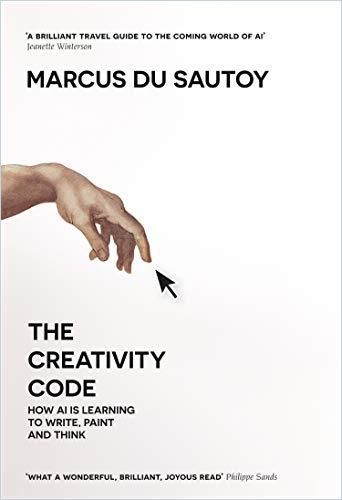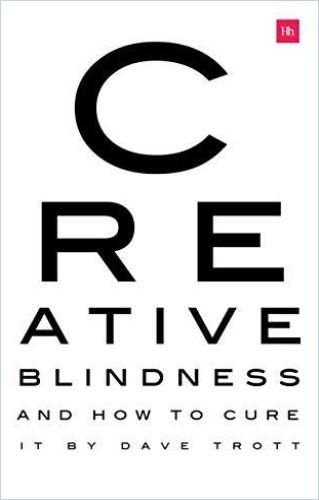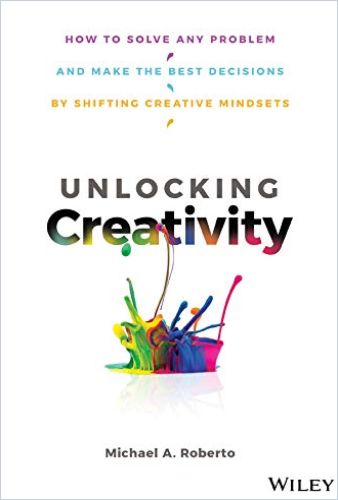Find What Makes You Human

The rain came down hard as my friends and I left an evening gathering. My significantly younger friend Olivia, donning her rain gear, hopped on her bike and braved the downpour. “That used to be me,” I thought as I watched her pedal away. What changed? I got a car.
I’ll admit: My car has turned me into a fair-weather cyclist. Could something similar happen to me at work? Will ChatGPT turn me into a lazy thinker?
Many of us may question the need for exerting effort when we have chatbots that can readily answer our questions, edit our emails, transform jumbled notes into coherent text, and even generate essays from scratch. However, upon further reflection, it becomes evident that those who choose to make the effort are not just more likely to keep their jobs but embrace the essence of what it means to be human.
Critical Thinking: Your Best Line of Defense
It’s common knowledge that chatbots have a problem with the truth. They can spit out an impressive amount of facts, but can’t distinguish between right and wrong.
Having some familiarity with the subject matter you are inquiring about will sensitize you to at least some problem areas of an AI-generated response. Completing a solid education and establishing a strong foundation of general knowledge thus remains vital.
Learn your facts, even if you can look them up anytime you want!
Deprived of basic factual knowledge, you will soon no longer know what you want to find out.
The more you know, the better questions you can ask. As Caryn Hunt explains in her recent guide, “How-to Get Better Results from ChatGPT,” the more nuanced and targeted your questions, the more useful the answers. Furthermore, basic subject expertise enables you to ask the right follow-up questions, as getAbstract’s Hendrik Dietrich demonstrates with a short case study here.
Or, you may want to try the following practice, recommended by innovation expert Maria Brito: Ask the same question five times and watch your thinking evolve as you look beyond the ready answer and deconstruct your assumptions.
MIT professor and leadership scholar Hal Gregersen offers strong opinions on the need for great questions and explains why unfettered questioning is essential to human progress. In Questions are the Answers, he encourages you to spend the necessary time to ask good questions – and then give yourself sufficient space to pursue valuable answers.
In the word ‘question,’ there is a beautiful word – ‘quest.’ I love that word.
Elie Wiesel
The skill that turns you from a passive consumer of information (and disinformation!) to an active learner and researcher is critical thinking – arguably your best line of defense against irrelevancy and AI encroachment. In How to Think, Tom Chatfield explains the principles of critical thinking and their application. No algorithm-based technology is neutral, Chatfield reminds his readers. That’s why we need to engage with it critically.

A liberal education builds the foundation for the kind of critical thinking you need to interact sensibly with AI-powered chatbots. In In Defense of a Liberal Education, journalist Fareed Zakaria convincingly explains how a liberal education teaches you to think logically and solve problems. You learn how to weed out the irrelevant and superfluous, structure your opinions, and build a logical sequence of thoughts that produce compelling arguments.

A liberal education, Zakaria continues, promotes a love of learning and exploration. A lot has recently been written about the importance of fostering curiosity at the workplace – for good reason.
Curiosity is a mindset that is crucial for innovation, but there is more: Curiosity can equally shield you from taking machine-produced answers at face value. It allows you to take back ownership of the discovery process. Letting your curiosity – as opposed to an instruction manual spit out by a machine – guide you endows you with a sense of agency. Curious work cultures will stay innovative because humans remain in charge.
That Strange Power
“There is the strange power we have of changing facts by the force of the imagination,” novelist Virginia Woolf said. Or, as Albert Einstein put it, “Imagination is more important than knowledge. Knowledge is limited. Imagination encircles the world.”
Imagination is a human superpower that allows you to think up things that don’t yet exist.
Unlike a chatbot, you are independent of what you have previously been fed. Engage actively in the act of imagination, American writer and educator Ashley C. Ford advises, and you will open yourself up to a multitude of uncharted routes that can lead you to remarkable destinations.
Imagination sets the stage for creativity, the dynamic process of generating valuable ideas. In The Poetry of Music and Science, theoretical physicist Tom McLeish explains the central role of imagination and creativity in scientific discovery. The “scientific method” tells you how to test ideas once you have them but not how to arrive at hypotheses in the first place.
McLeish finds important commonalities in the narratives of how both scientists and artists advance their projects. These common elements include the desire for a goal, the experience of frustration and failure, the incubation of the problem, moments of sudden insight, and the experience of the beautiful or sublime. He contends that this creative drive to resolve problems is part of being human. And while generative AI may help us advance modern science, it is difficult to imagine a machine consistently reaching the same breakthroughs as a human driven by a vision to improve the human condition.
In business, transforming creative ideas into tangible realities is referred to as innovation – often a non-linear process where human input remains integral. Each aspect of the creative process, be it scientific discovery, the development of a new product, or the creation of a piece of art, involves imagination, creativity and innovation. Each of these steps reflects a unique human strength that you will want to nurture in yourself, even if a robot can lend a helping hand along the way.
It’s About the Journey, Stupid!
Have you ever walked down the aisle of an open-stack university library to retrieve a book, only to stumble upon another title that turned out to be what you have been really looking for? If you let a chatbot take the journey from A (your research question) to B (the answer), you deprive yourself of serendipity – those chance encounters of information that may make you refine your initial question or alert you of related questions you will want to explore.
The journey toward original ideas and successful innovations is seldom linear. It involves a meandering process whereby you are bound to encounter dead-ends and face obstacles that require creative circumvention. However, through these challenges, you gather valuable learning opportunities, which will only strengthen your insights and make your innovative ideas more robust and sustainable.
Successful innovation is based on iterative, exploratory methods, Michael A. Roberto explains in Unlocking Creativity. Design thinkers learn by doing, visit different stages of the process, and are comfortable with ambiguity and open-ended investigations.
People who come up with brilliant ideas ignore how things “should” be done and develop their own answers. In Make Brilliant Work, Rod Judkins mentions modern architecture pioneer Eileen Gray, who taught herself everything she needed to know to build her designs herself.
Innovation expert Andre Martin observes that inspiration will most likely strike if you go outside your ordinary routine and experience new places, take time to think deeply, and truly explore and experiment with the possibilities of your initial ideas.
The Intrinsic Value of Effort
Why on earth would anyone choose to hike up a mountain to enjoy the scenery when a cable car offers convenient transportation? The satisfaction of a good workout, the opportunity to take in the scenery along the ascent, and the sense of satisfaction of reaching the summit after putting in the effort are all motivations that may drive you to eschew the easy way out – or up.
As John F. Kennedy famously put it, we choose to pursue monumental goals ‘not because they are easy, but because they are hard.’ The reason it feels so good to succeed is because of how hard it was to overcome the obstacles.
Human literature – both fiction and nonfiction – is replete with stories of people choosing to do the hard thing. In the Iliad, one of the oldest works of Western literature, the chief protagonist, Achilles, faces a choice: to return to Phthia and live a safe, unremarkable life or to stay on and fight at Troy to pursue glory. The protagonist’s dilemma reveals something universal about the human condition: the perennial choice between safety and risk, comfort and adventure, trivial pursuits and meaningful endeavors. These stories illustrate that by leaving your comfort zone, you open yourself up to new possibilities and uncover hidden potentials that you did not know existed within you. You may become an elite ultramarathoner like Kay Bretz, catch a big fish like Santiago in Earnest Hemingway’s The Old Man and the Sea, or find yourself at the top of a multi-million dollar business.
Next time you opt for the bike instead of the car, walk uphill instead of taking the gondola or research a new topic as opposed to probing ChatGPT, you open up new avenues for exploration, nurture a spirit of curiosity and expand your realm of possibilities. After all, how much machines will do for you remains up to you to decide!
Is it absurd to engage in a chore a machine can do for you? Existential philosopher Albert Camus would most likely say no. In his classic essay, The Myth of Sisyphus, the protagonist defiantly meets his fate as he continues to push the rock uphill at perpetuity. Even if performing a certain task seems redundant or unnecessary, you give it significance by embracing it as your own. You exert human agency by infusing your activities with passion. The point, after all, is to live – so you might as well do something!


























